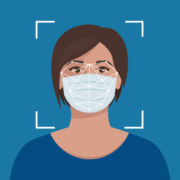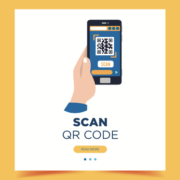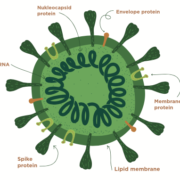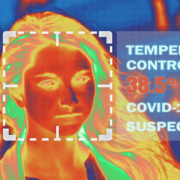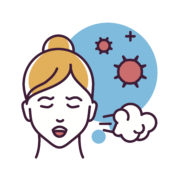"Medical AI"
Medical use of AI involves applications that are directly related to the medical aspects of the Corona-crisis: epidemiology, molecular research, clinical practice and provision of care such as:
- drug and vaccine development with AI
- AI driven disease path prediction
- AI diagnostics (image recognition)
- AI optimization of the provision of care (e.g. the distribution of PPE)


